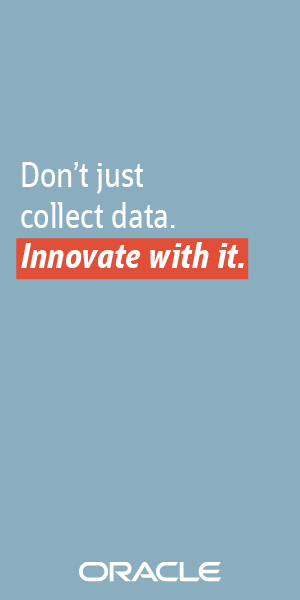Multiple data protection vendors put business information at risk, says Dell
Organisations also lack confidence their data protection services are fit-for-purpose, research finds


Organisations that rely on multiple vendors to manage aspects of data protection, security and compliance are twice as vulnerable to a cyber incident than businesses with just one platform.
A fifth of businesses, 20%, using just one vendor for end-to-end data protection suffered a cyber incident during 2019, versus 39% of organisations which used more than one data protection vendor.
Despite what appears to be added risk, the number of businesses using multiple data protection vendors swelled from 60% to 80% of organisations, according to research from Dell.
The study also established the cost of data loss has exceeded $1 million per organisation over the last 12 months, to reach $1,013,075, while the cost of downtime surged from $526,845 to $810,018.
The shift among organisations to using multiple vendors is natural, the research suggests, considering emerging technologies like AI and machine learning are being more widely adopted.
Similarly, there’s been a rise in demand for services that manage workflows grounded in data processing, although products do not yet exist in an end-to-end form. Businesses, therefore, generally need to adopt several platforms to fully protect their data.
Broadly speaking, 71% of respondents questioned suggest emerging technologies have resulted in more data protection complexity. This is in addition to the fact that 61% of organisations feel emerging technologies pose a risk to data protection.
Get the ITPro daily newsletter
Sign up today and you will receive a free copy of our Future Focus 2025 report - the leading guidance on AI, cybersecurity and other IT challenges as per 700+ senior executives
Meanwhile, the notion that businesses are taking on risk, as a result of adopting technology from multiple vendors is also reflected in the fact that many lack confidence in the platforms they’ve adopted.
Alarmingly, 81% of organisations don’t believe their current data protection services will meet future business challenges. This lack of confidence is true for 69% in terms of recovering data following a cyber attack, and 64% in terms of recovering data following data loss.
“While the study only shows the correlation here, we believe the additional risks associated with multiple vendors has to do with the fact that it is more complex to manage data protection solutions from multiple vendors as opposed to a single vendor,” Dell’s vice president for marketing, data protection Ruya Atac-Barrett told IT Pro.
RELATED RESOURCE

Don’t just collect data, innovate with it.
Removing the barriers to the experience economy
“Usually there is little or no integration across disparate data protection platforms which means IT teams need to acquire technical fluency across multiple product sets and spend more time monitoring and managing these systems, in addition to the rest of their day-to-day assignments.
“This can lead to an oversight that leads to an unprotected application, data volume, etc; not uncommon when there are dozens, if not hundreds of applications being protected across edge, core and cloud environments.”
Among other reasons is that, in an environment where data is sprawled across several environments, IT teams will need to orchestrate the recovery of applications and databases in the right sequence to bring a service back online.
This entire process can become more difficult if business elements are protected on different data protection platforms, which can lead to increased downtime as the complexity is navigated.

Keumars Afifi-Sabet is a writer and editor that specialises in public sector, cyber security, and cloud computing. He first joined ITPro as a staff writer in April 2018 and eventually became its Features Editor. Although a regular contributor to other tech sites in the past, these days you will find Keumars on LiveScience, where he runs its Technology section.
-
 Should AI PCs be part of your next hardware refresh?
Should AI PCs be part of your next hardware refresh?AI PCs are fast becoming a business staple and a surefire way to future-proof your business
By Bobby Hellard Published
-
 Westcon-Comstor and Vectra AI launch brace of new channel initiatives
Westcon-Comstor and Vectra AI launch brace of new channel initiativesNews Westcon-Comstor and Vectra AI have announced the launch of two new channel growth initiatives focused on the managed security service provider (MSSP) space and AWS Marketplace.
By Daniel Todd Published